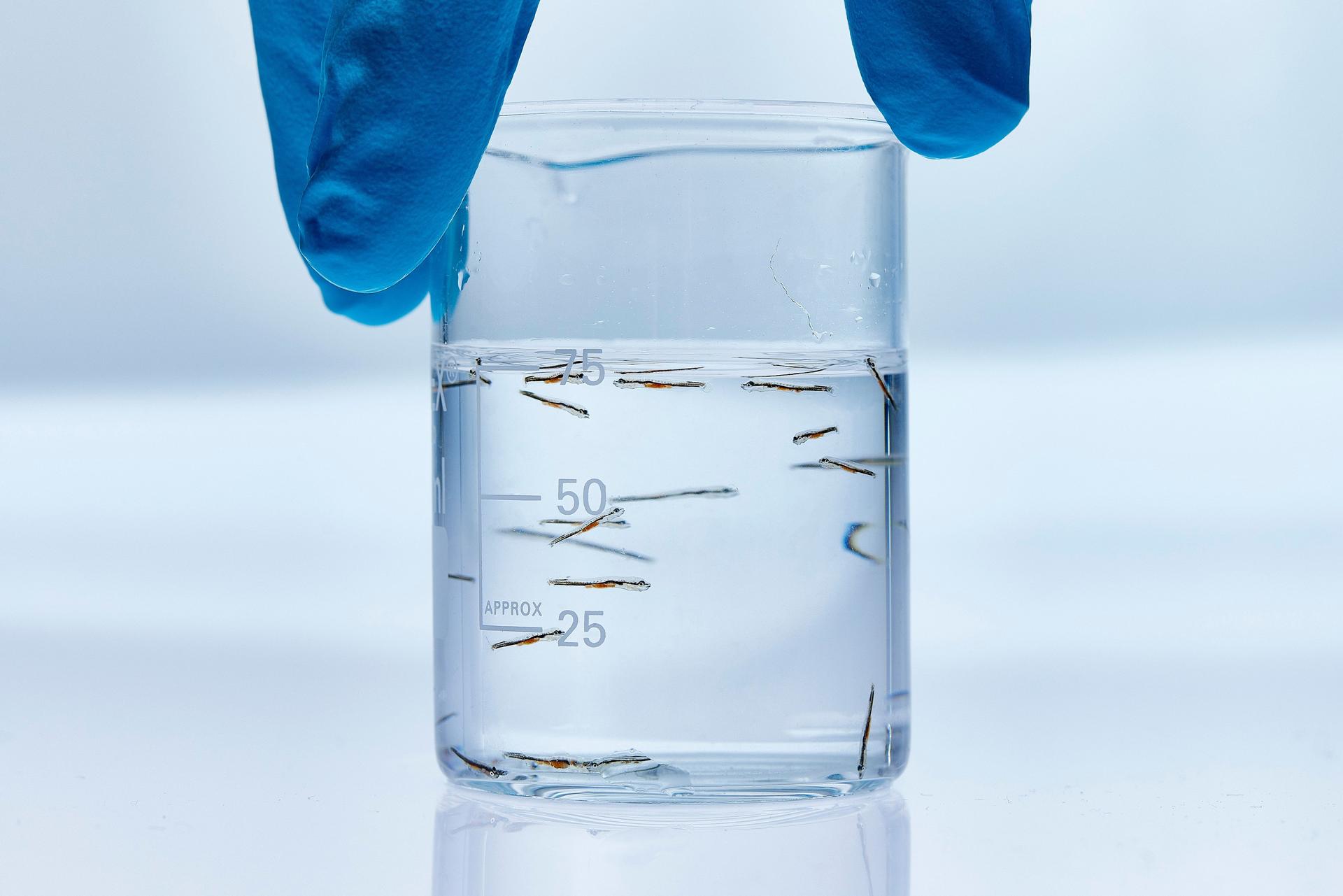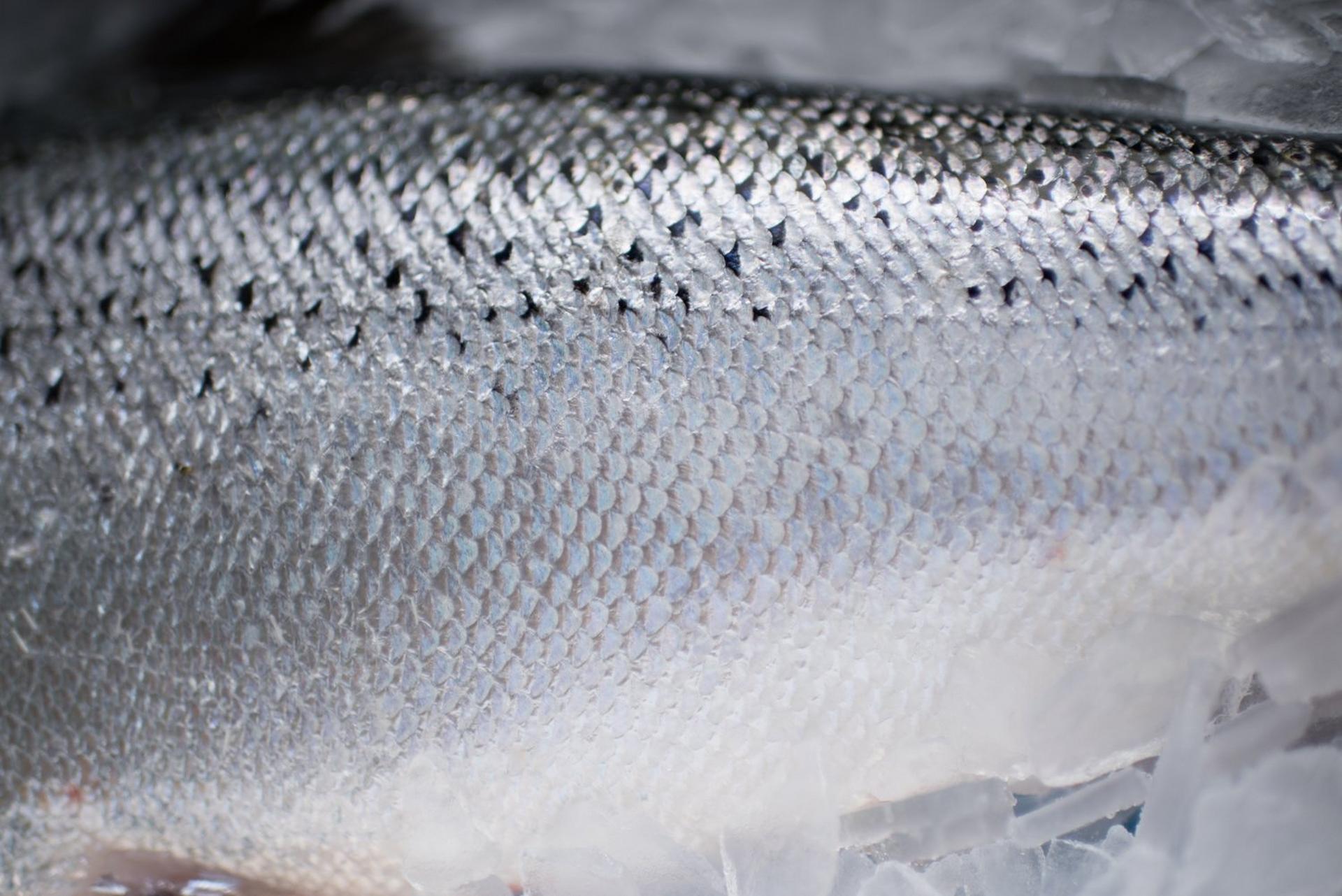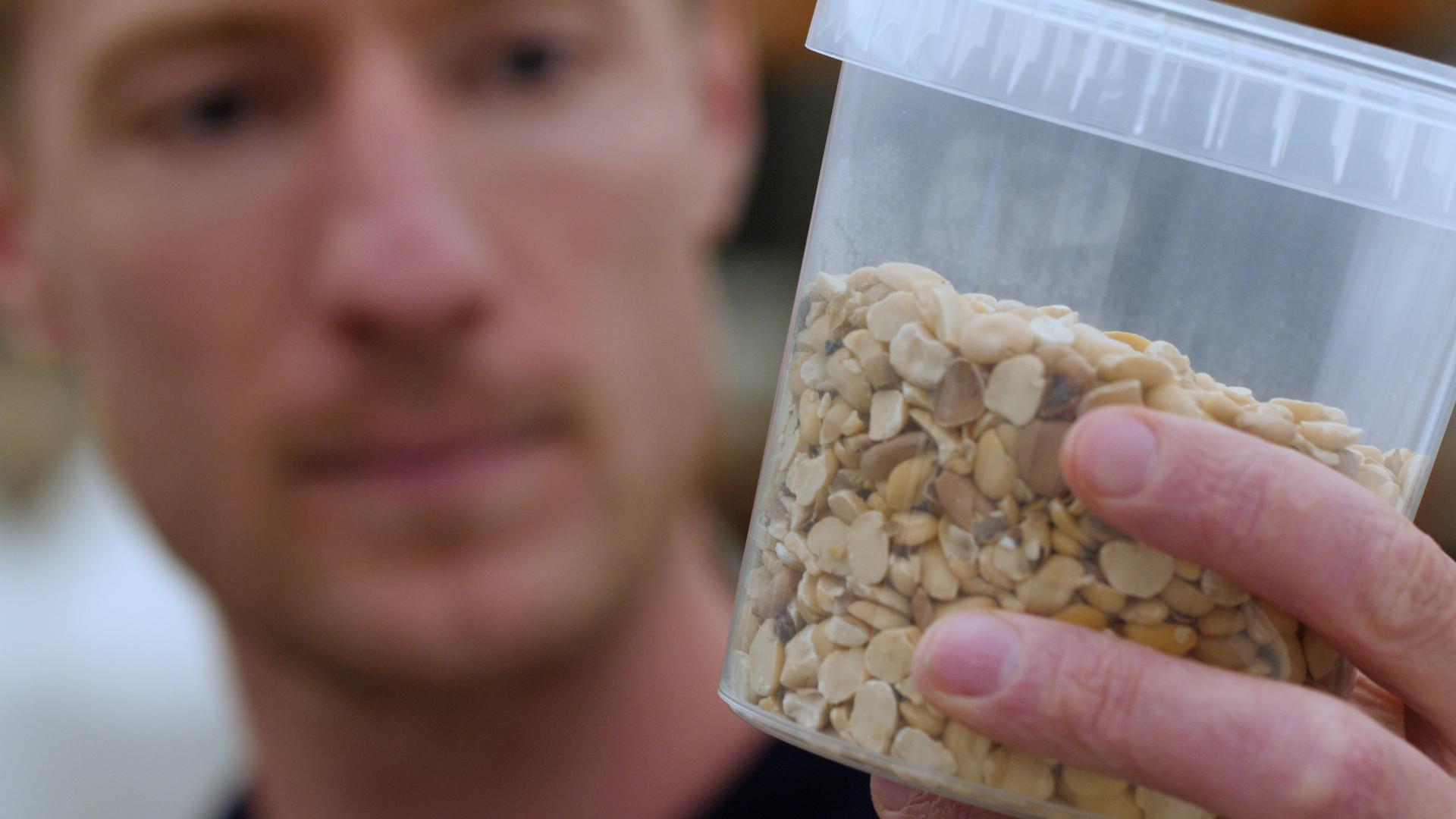Results
Stress Biomarkers
The handling procedure reliably induced a physiological stress response. Cortisol levels in fish scales were significantly higher in stressed groups, along with shifts in blood serum biomarkers such as lactate, glucose, and key electrolytes (magnesium, calcium, potassium). Liver samples showed upregulation of stress-related genes, and morphological changes were recorded in heart condition and cardio somatic index (CSI). Stressed fish displayed higher CSI values and narrower hearts, and external signs of physical stress such as skin hemorrhages and snout wounds were more pronounced.
Growth and Feed Intake
Fish fed the functional diet exhibited improved feed intake following handling events, as indicated by higher thermal growth coefficients (TGC) compared to the stressed control group. Despite no significant differences in cortisol or serum stress markers between stressed groups, fish on the functional feed demonstrated a more favourable post-stress growth trajectory. Appetite stimulation appears to be the key driver behind this recovery effect.
Despite no significant differences in cortisol or serum stress markers between stressed groups, fish on the functional feed demonstrated a more favourable post-stress growth trajectory. Appetite stimulation appears to be the key driver behind this recovery effect.
Pigmentation
Fillet colour was enhanced in the functional feed group, reflecting improved feed consumption during recovery periods. Increased pigmentation is consistent with elevated intake of carotenoid-rich diets, and therefore indicates that fish returned to normal feeding behaviour more rapidly post-handling.

?w=1920&%24withDefaultImage%24=&fmt=auto)
?w=1920&%24withDefaultImage%24=&fmt=auto)










